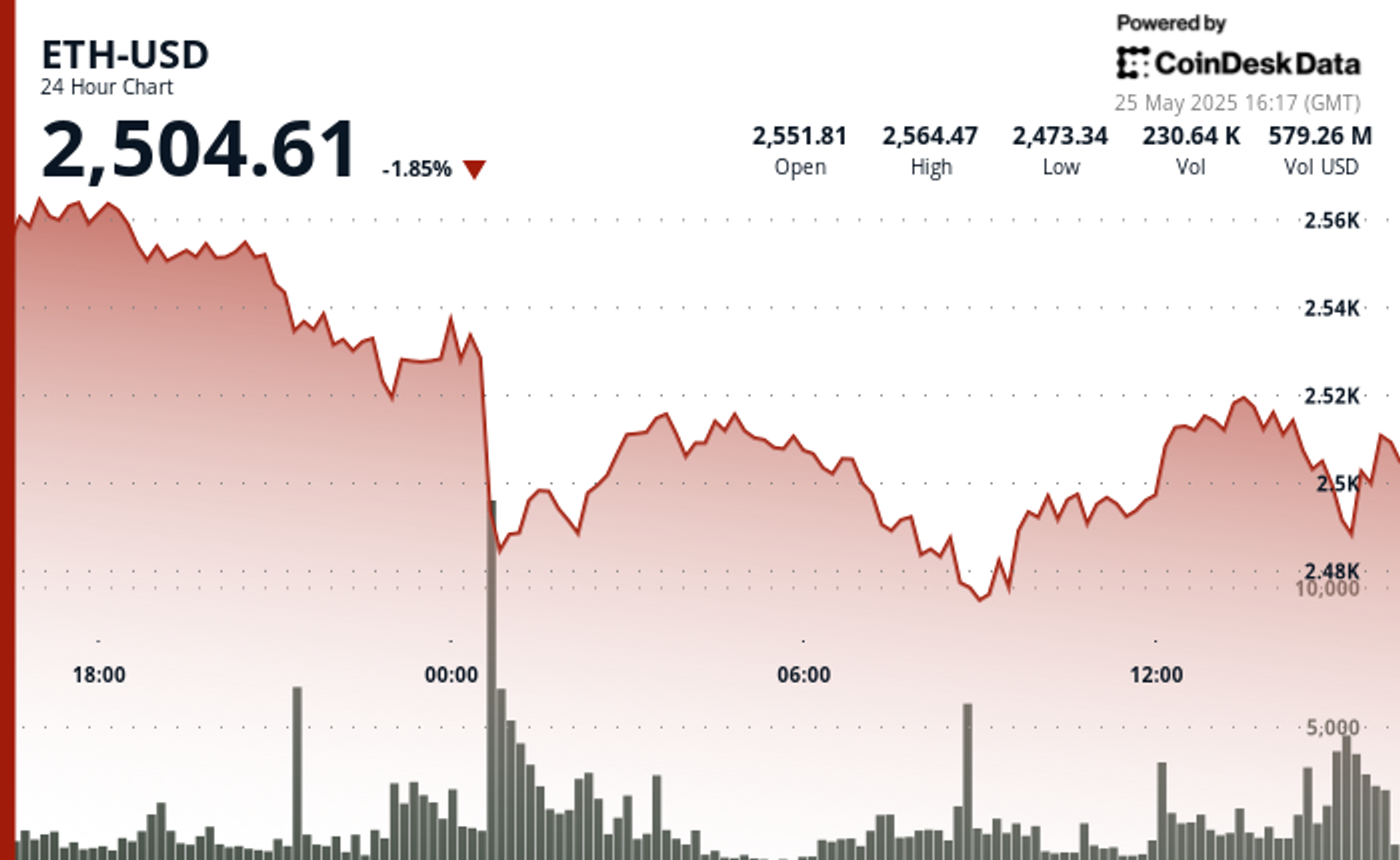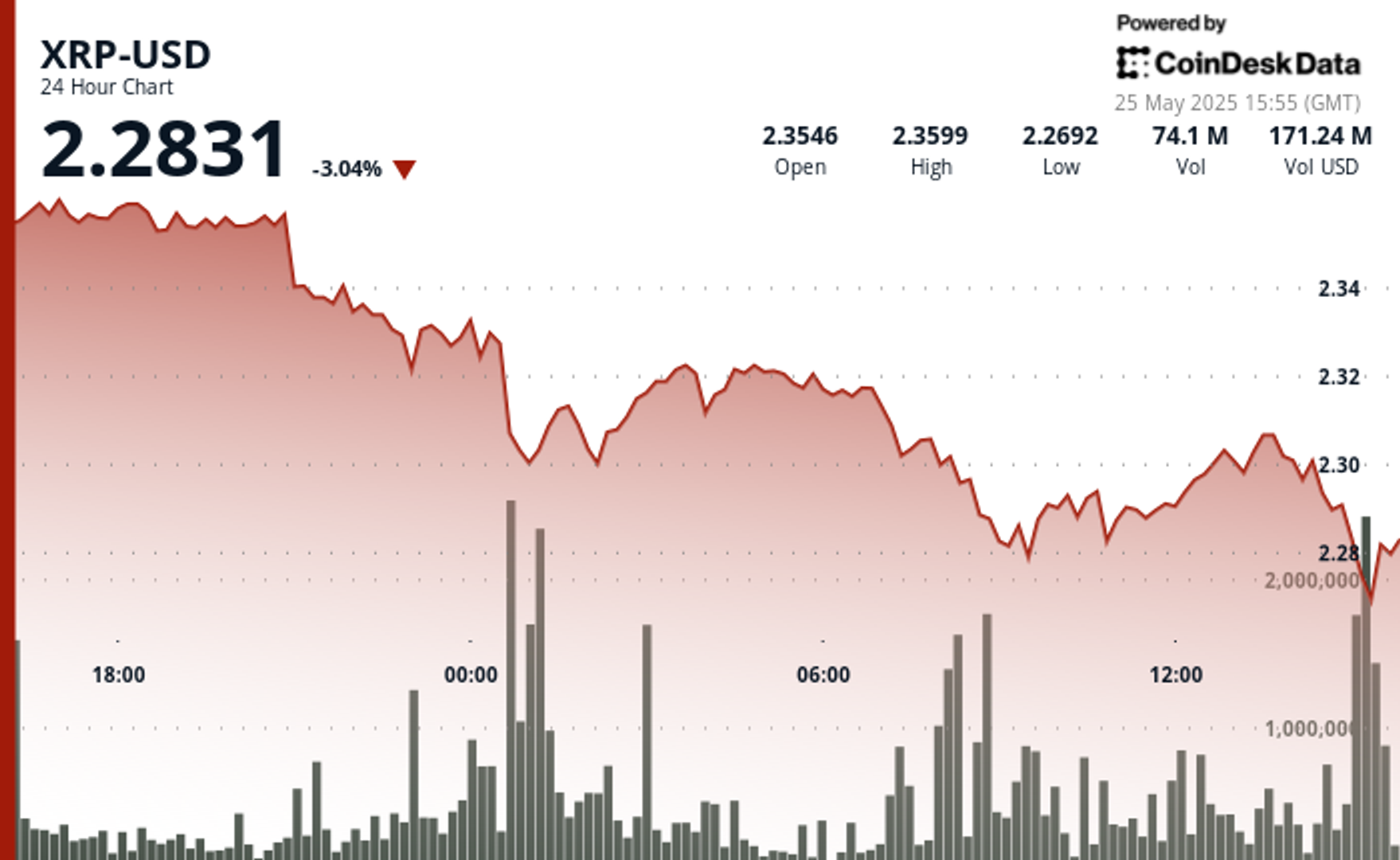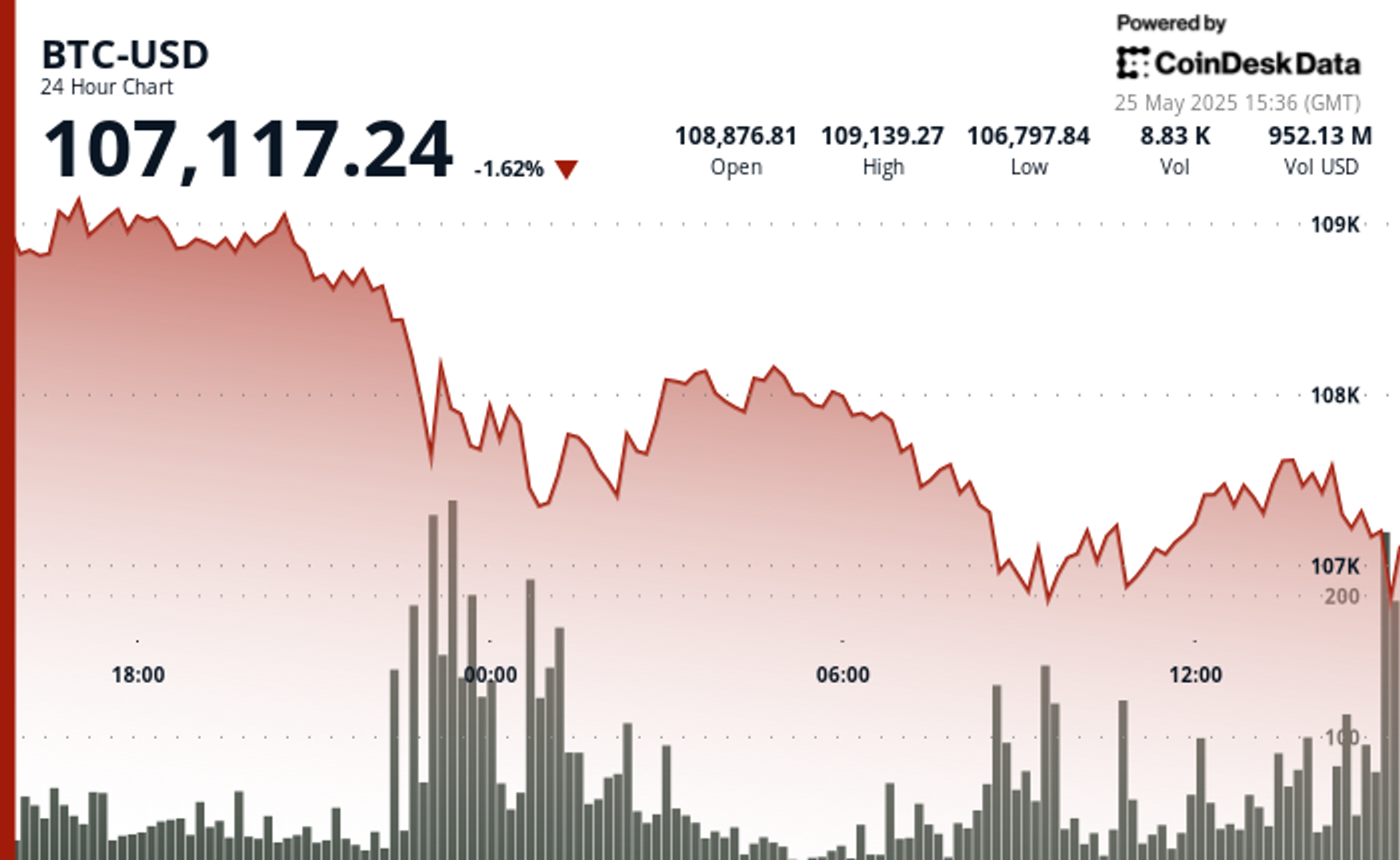Uncategorized
Blockchain Fragmentation Is a Major Problem That Must Be Addressed in 2025

Over the past year, the crypto industry has attracted users on an exponential scale, with monthly active addresses tripling from 70 million in 2023 to over 220 million in 2024. With over 300 chains listed, the ecosystem should be able to cater to the needs of all types of users sustainably. However, in this sprawling landscape, a majority of activity and liquidity is locked within multiple Ethereum Layer 2’s.
In its current state, Ethereum is reminiscent of early 1500s Europe, which experienced breakthroughs like the printing press and advanced shipbuilding that enhanced resource management. Today, Ethereum’s flourishing DeFi ecosystem is equipped with primitives such as lending and borrowing, staking and restaking. However, much like Europe’s challenges with scarce and overutilized resources, Ethereum faces obstacles in making other assets useful in its own home — its Layer 1.
The current blockchain ecosystem thus remains frustratingly fragmented. While chain abstraction has been a trending narrative with many projects making progress, solutions like intents usually involve sequencers that favor large players when filling orders between blockchains, leading to centralization. Furthermore, there is no additional utility created for users as most solutions are focused on simply swapping assets.
Despite impressive technological foundations, we’ve created a landscape where digital assets are constrained rather than empowered. Top blockchain resources such as Ethereum are underutilized and limited by rigid architectural boundaries.
For true interoperability to exist, in 2025, we must take a step back and re-approach blockchain modularity from a fresh perspective.
The illusion of modularity
The common analogy of blockchain as «Lego blocks» oversimplifies a complex technological landscape. Unlike uniform construction pieces, blockchain components are intricate systems with specific dependencies and complex interoperability challenges.
Consider a practical scenario: moving an asset between different blockchain networks should be straightforward. Yet current solutions like basic token swaps offer minimal functionality. The technology demands a more nuanced, sophisticated approach.
Emerging technologies are changing this narrative. General message-passing alternatives and advances in transaction finality are allowing for a more organic, unified ecosystem. The ultimate goal isn’t just connecting disparate parts but creating an infrastructure where different networks can collaborate effortlessly.
2025: The year of utility and accessibility
Looking ahead to 2025, I anticipate a two-pronged approach to address current and future fragmentation issues. In order to appeal to users and build a sustainable user base, the infrastructure should blend into the background so users can focus on the application itself without getting caught up in the technology behind it.
Currently, users are unable to utilize their assets optimally due to complicated bridging solutions which disincentivize users from moving their assets easily across the chains. Instead, we need to provide users with an avenue to maximize their yield while contributing to the ecosystem. This can be achieved by giving freedom to token holders to move their assets from chain to chain without bridging, through solutions like restaking. As restaking expands beyond Ethereum connecting multiple Layer 1 and Layer 2 networks, this is a growing area of interest for users.
Instead of fragmenting the ecosystem with new, competing blockchains, projects will focus on enhancing and interconnecting existing infrastructure. This approach will breathe new life into currently dormant chains, driving activity and creating genuine value.
On top of improvements to the underlying infrastructure, user experience will also take center stage. We’ll see applications that integrate blockchain functionality so seamlessly that users will interact with sophisticated technology without ever recognizing its complexity. The infrastructure will become invisible — a powerful backend that complements fluid frontend experiences without technical friction.
Creating a global marketplace
While 2024 marked significant acceptance of the industry, evidenced by increased investment in assets like bitcoin, true adoption requires an inclusive vision. We should not just build financial instruments, but create a global marketplace where everything talks to everything else, enabling every asset to reach its maximum potential.
The future of blockchain isn’t about individual chains competing for supremacy. It’s about creating a collaborative, fluid infrastructure that enables users access to economic potential, by building the future of how money and value can work.
Uncategorized
Ethereum Surges After Holding $2,477, Fueled by Very Heavy Trading Volume

Global economic tensions and trade disputes continue to influence cryptocurrency markets, with ETH showing resilience despite broader market uncertainty.
The second-largest cryptocurrency is currently navigating a critical technical zone between $2,500-$2,530, which analysts identify as immediate resistance that must be overcome for continued upward movement.
Institutional interest remains strong, with spot Ethereum ETFs recording consecutive days of positive inflows, signaling growing confidence from larger investors despite the recent volatility.
Technical Analysis Highlights
- 24-hour ETH price action revealed a substantial 3.5% range ($99.85).
- Sharp sell-off during midnight hour saw price plummet to $2,477.40, establishing a key support zone.
- Extraordinary volume (291,395 units, nearly 3x average) confirmed the significance of the support level.
- Buyers stepped in at the $2,467-$2,480 support band, confirmed by high-volume accumulation during the 08:00-09:00 period.
- Recent price action shows bullish momentum with ETH reclaiming the $2,515 level.
- Potential higher low pattern suggests the correction may have found its bottom.
- $2,520-$2,530 area remains the immediate resistance to overcome for continued upward movement.
- Significant bullish surge at 13:35 saw price jump from $2,515.85 to $2,521.79, accompanied by exceptional volume (5,839 units).
- Sharp reversal occurred at 14:00, with price dropping 5.07 points to $2,508.02 on heavy volume (4,043 units).
- Hourly range of 14.46 points ($2,508.02-$2,522.48) demonstrates market indecision.
External References
- «Ethereum Holds Above Key Prices – Data Points To $2,900 Level As Bullish Trigger«, NewsBTC, published May 24, 2025.
- «Ethereum Forms Inverse H&S – Bulls Eye Breakout Above $2,700 Level«, Bitcoinist, published May 25, 2025.
- «Ethereum Price Analysis: Is ETH Primed for a ‘Healthy’ Correction?«, CryptoPotato, published May 25, 2025.
Uncategorized
XRP Plunges Below $2.30 Amid Heavy Selling Pressure

Global economic tensions are weighing heavily on cryptocurrency markets as XRP experiences a significant correction amid heavy selling pressure.
The recent announcement of potential 50% tariffs on European Union imports by the US government has triggered widespread market uncertainty, with XRP falling alongside most major cryptocurrencies despite Bitcoin recently reaching new all-time highs.
Technical analysts point to critical support at the $2.25-$2.26 range, with market watchers warning that a break below this level could trigger deeper corrections toward the $1.55-$1.90 zone.
Meanwhile, institutional interest remains strong with Volatility Shares launching an XRP futures ETF and leveraged ETF inflows surging despite the price dip, suggesting Wall Street continues accumulating positions during market weakness.
Technical Analysis Highlights
- XRP underwent a notable 3.46% correction over the 24-hour period, with price declining from $2.361 to $2.303, creating an overall range of $0.084 (3.57%).
- The most significant price action occurred during the midnight hour (00:00), when XRP plummeted to $2.297 on exceptionally high volume (37.1M), establishing a strong volume-based support zone.
- A secondary sell-off at 08:00 saw price touch the period low of $2.280 with the highest volume spike (39.9M), confirming a double-bottom formation.
- In the last hour, XRP experienced significant volatility with a recovery attempt following the earlier correction.
- After reaching a low of $2.297 at 13:11, price formed a base around $2.298 before staging a substantial rally beginning at 13:27, peaking at $2.307 at 13:36-13:39 with exceptionally high volume (627K-480K).
- This bullish momentum created a clear resistance zone at $2.307, which was tested multiple times.
- The final 15 minutes saw profit-taking pressure emerge, with price retracing to $2.300, establishing a short-term support level that aligns with the psychological $2.30 threshold.
External References
- «XRP Price Watch: Consolidation or Collapse? Market Holds Breath Near $2.35«, Bitcoin.com News, published May 24, 2025.
- «XRP Price Prediction For May 25«, CoinPedia, published May 25, 2025.
- «XRP Risks Fall To $1.55 If This Support Level Fails – Analyst«, NewsBTC, published May 25, 2025.
Uncategorized
Bitcoin Drops Below $107.5K as Trump Tariff Threat Triggers Crypto Sell-Off

Bitcoin’s recent pullback has established strong volume-based resistance near $108,300, with support forming in the $106,700-$107,000 zone.
The correction accelerated with a notable price surge from $107,373 to $107,671 between 13:06-13:36, followed by a sharp reversal.
Technical analysis suggests Bitcoin is now trading within a compression zone, trapped between two major fair value gaps that will determine the upcoming market direction.
If bulls reclaim the $109K to $110K area, price could push toward resistance beyond $112K, while a break below $107,000 might test liquidity around $106K.
Technical Analysis Breakdown
- The decline accelerated during the 22:00-23:00 hour on May 24th with exceptionally high volume (16,335 BTC), establishing a strong volume-based resistance near $108,300.
- Support has formed in the $106,700-$107,000 zone where buyers emerged during the 09:00-10:00 period on May 25th, though recovery attempts have been modest with price consolidating around $107,500.
- The overall technical structure suggests a short-term bearish trend with potential for further consolidation before directional clarity emerges.
- Bitcoin experienced significant volatility with a notable price surge from $107,373 to $107,671 between 13:06-13:36, followed by a sharp reversal that saw prices decline to $107,393 by 14:00.
- The most substantial price movement occurred during the 13:35 minute candle where BTC jumped nearly $150 with exceptionally high volume (148.76 BTC), establishing temporary resistance around $107,630.
- Support formed near $107,400 where buyers emerged during the final minutes of the period, though the overall technical structure suggests continued consolidation within the broader correction from the $109,239 high.
External References
- «Bitcoin Price Prediction for May 25: Will Bulls Defend $108K or Is a Deeper Drop Ahead?«, Coin Edition, published May 24, 2025.
- «Why is Bitcoin Price Dropping Now? Will BTC Price Go Down to $100K?«, CoinPedia, published May 24, 2025.
- «Bitcoin Price Analysis: BTC Displays Signs of Weakness Following New All-Time High«, CryptoPotato, published May 25, 2025.
-

 Fashion7 месяцев ago
Fashion7 месяцев agoThese \’90s fashion trends are making a comeback in 2017
-

 Entertainment7 месяцев ago
Entertainment7 месяцев agoThe final 6 \’Game of Thrones\’ episodes might feel like a full season
-

 Fashion7 месяцев ago
Fashion7 месяцев agoAccording to Dior Couture, this taboo fashion accessory is back
-

 Entertainment7 месяцев ago
Entertainment7 месяцев agoThe old and New Edition cast comes together to perform
-

 Business7 месяцев ago
Business7 месяцев agoUber and Lyft are finally available in all of New York State
-

 Sports7 месяцев ago
Sports7 месяцев agoPhillies\’ Aaron Altherr makes mind-boggling barehanded play
-

 Entertainment7 месяцев ago
Entertainment7 месяцев ago\’Better Call Saul\’ has been renewed for a fourth season
-

 Sports7 месяцев ago
Sports7 месяцев agoSteph Curry finally got the contract he deserves from the Warriors





